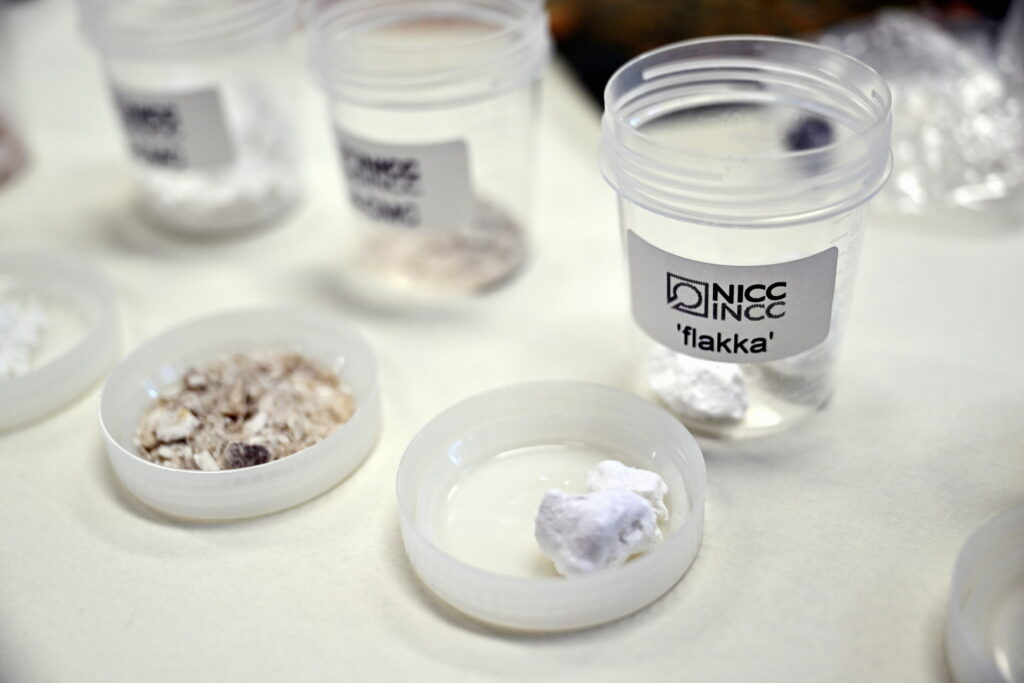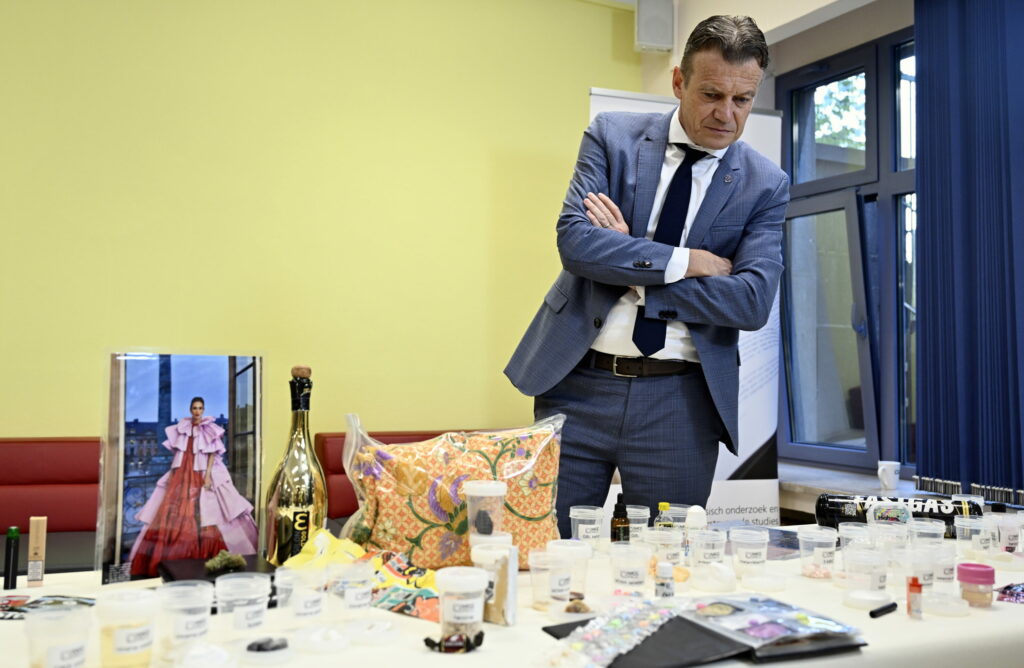The number of people using designer drugs (such as the so-called 'zombie drugs' flakka and 'bath salts') is rising in Brussels, especially among young people. The New Psychoactive Substances (NPS) are banned, but still easily available.
Designer drugs have been banned in Belgium since 2017, when the country adopted generic legislation to restrict drugs and regulate the basic structure of substances in all possible types of variations. Despite that legislation, however, designer drugs appear to be on the rise as they are often readily available online or in the Netherlands, which has no generic legislation yet.
"This not only the case in Brussels, but in all of Belgium," Jan Van der Cruysse, spokesperson for Federal Justice Minister Paul Van Tigchelt, told The Brussels Times. He explained that this, too, has to do with the recent issues of drug trafficking in the capital.
Above-average production
"Everything to do with drugs is linked to organised crime and violence in one way or another. This is simply inherent to the type of activities that involve a great deal of crime money. Whether it is flakka or cocaine, it is all connected," he said. However, there are a number of different flows.
On the one hand, for several substances (such as cocaine), Belgium is predominantly dealing with imports via the Port of Antwerp. This is the flow most often linked to the recent drug-related violence in Brussels, but is also responsible for explosions in parts of Antwerp.
"On the other hand, there are these designer drugs, for which there is an above-average production in Belgium and the Netherlands. Think of the stories of drug labs and chemical waste dumped near the Dutch border, mostly in Antwerp and Limburg," Van der Cruysse explained.
Ultimately, however, it all comes together, he emphasised. "The two flows may not be from the same gangs, but for the Justice Department they are both as important as each other."

A sample of designer drug 'flakka'. Credit: Belga / Eric Lalmand
At the end of 2022, the European Monitoring Centre for Drugs and Drug Addiction found that 930 new psychoactive substances had entered the market. Many of these chemicals are synthesised versions of existing banned chemicals to bypass the law.
By creating a chemically similar substance to MDMA, for example, importers can circumvent the list of banned substances. The safety of these drugs, however, is unknown and can have fatal consequences.
As many of these substances are brand new, it is extremely challenging for hospital laboratories to detect them in patients, which can have dangerous outcomes for patients' treatment. In summer 2023, Belgian hospitals sounded the alarm: the new synthetic drugs and their composition were changing so quickly that they could no longer keep up.
Fingerprints
While hospitals are working hard to keep pace with the growing inventory of designer drugs available, not all of them have the "very specific equipment" available to conduct extensive research, they said.
However, a brand new drug expertise centre has now opened in the Brussels district of Neder-Over-Heembeek. In the centre, seized substances are analysed to give authorities a better insight into new trends and types of drugs, so they can respond more quickly.
"By measuring the precise composition and impurities, we will be able to establish links between different batches of drugs and where exactly they are marketed," Van Tigchelt said at the opening of the centre on Tuesday.
Adulterants, precursors, hormones and medicines will also be examined in the centre. A chemical profile of the substances will be drawn up and entered into a database. In turn, this will help police and the judiciary track down criminals and, for example, establish links with previous seizures.
"Authorities will be able to determine the exact chemical composition of each drug, meaning they can make a 'fingerprint' for a specific sample and put it in the database," Van der Cruysse said. "If that same 'fingerprint' is then found at another location, the authorities can link the cases together."
For instance, if someone in Roeselare (West Flanders) dies from a flakka overdose, and a week later the police uncover a flakka lab on the other side of the country, the centre's analysis will show the drugs come from the same batch. "We can then connect the cases, and start figuring out who is responsible for the death. And the evidence will hold up in court."


